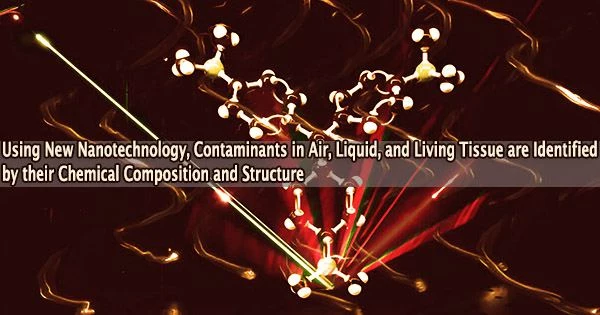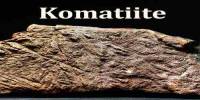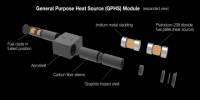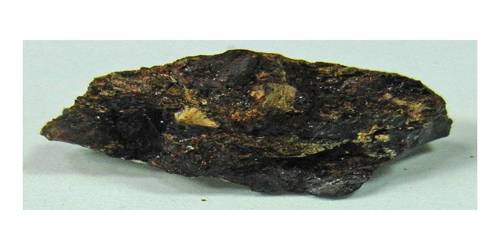It can be difficult or even impossible to find dangerous contaminants including air pollutants, microorganisms, and nano-plastics in living things and natural materials using traditional testing methods. Sometimes these pollutants are present in such trace amounts that testing fail to detect them.
This may soon change, however. In samples of air, liquid, and live tissue, emerging nanotechnology (based on a “twisted” state of light) promises to make it simpler to identify the chemical composition of impurities and their geometrical shape.
The technology being developed by an international team of researchers, led by physicists at the University of Bath, may open the door to new environmental monitoring techniques and cutting-edge pharmaceuticals. Their work is published in the journal Advanced Materials.
The emerging chemical-detection technique is based on a light-matter interaction known as the Raman effect. The Raman effect happens when a substance is irradiated with a specific color of light and scatters that light, turning it into a variety of subtly varied hues. It effectively creates a little rainbow that depends on the vibrational patterns of the atoms in the materials.
Because molecule bonds have unique vibrational patterns, measuring the colors of the Raman rainbow exposes specific atomic bonds. Each bond within a material produces its own unique color change from that of the illumination.
Altogether, the colors in the Raman rainbow serve to detect, analyze and monitor the chemical composition (chemical bonds) of complex molecules, such as those found within mixtures of environmental pollutants.
“The Raman effect serves to detect pesticides, pharmaceuticals, antibiotics, heavy metals, pathogens and bacteria. It’s also used for analyzing individual atmospheric aerosols that impact human health and the climate,” said Dr. Robin Jones from the Department of Physics at Bath, who is the first-author of the study.
Harmful pollutants
Expanding, co-author Professor Liwu Zhang from the Department of Environmental Science at Fudan University in China said, “Aquatic pollutants, even in trace amounts, can accumulate in living organisms through the biological chain. This poses a threat to human health, animal welfare and wildlife. Generally, it is really hard to know exactly what the chemical composition of complex mixtures are.”
The Raman effect serves to detect pesticides, pharmaceuticals, antibiotics, heavy metals, pathogens and bacteria. It’s also used for analyzing individual atmospheric aerosols that impact human health and the climate.
Dr. Robin Jones
Professor Ventsislav Valev from Bath, who led the study, added, “Understanding complex, potentially harmful pollutants in the environment is necessary, so that we can learn how to break them down into harmless components. But it is not all about what atoms they are made of. The way the atoms are arranged matters a lot it can be decisive for how molecules act, especially within living organisms.”
“Our work aims to develop new ways in which the Raman effect can tell us about the way atoms are arranged in space and now we have taken an important technological step using tiny helix shaped antennas made of gold.”
The Raman effect is very weak only one out of 1,000,000 photons (light particles) undergo the color change. Scientists improve it by using tiny antennas made at the nanoscale that direct the incident light into the molecules. These antennas are frequently constructed of priceless metals, and the limitations of nanofabrication affect their design.
The Bath team created the tiniest helical antennas ever used; their width is 2,800 times smaller and their length is 700 times less than the thickness of a human hair. These antennas were made from gold by scientists in the team of Professor Peer Fischer at the University of Stuttgart in Germany.
“Our measurements show these helical antennas help to get a lot of Raman rainbow photons out of molecules,” said Dr. Jones. “But more importantly, the helical shape enhances the difference between two types of light that are often used to probe the geometry of molecules. These are known as circularly polarized light.”
“Circularly polarized light can be left-handed or right-handed and our helices can, basically, handshake with light. And because we can make the helices twist to the left or to the right, the handshake with light that we devised can be both with left or right hands.”
“While such handshakes have been observed before, the key advance here is that we demonstrate for the first time that it is felt by molecules, as it affects their Raman rainbow. This is an important step that will allow us to distinguish efficiently and reliably between left- and right-handed molecules, first in the lab and then in the environment.”
Crystal violet
The researchers used molecules of crystal violet, which are unable to ‘handshake’ with light on their own, to show that the novel handshaking between light and antennas might be communicated to molecules. Yet these molecules behaved as if they could perform this function, expressing the ‘handshaking’ ability of gold nanohelices to which they were attached.
“Another important aspect of our work here is that we worked with two industrial partners,” said Professor Valev. “VSParticle produce standard nanomaterials for measuring Raman light. Having common standards is really important for researchers around the world to be able to compare results.”
He added, “Our industrial partner Renishaw PLC is a world-leading manufacturer of Raman spectroscopy and microscopy equipment. Such partnerships are essential, so that new technology can move out of the labs and into the real-world, where the environmental challenges are.”
The team is currently working on creating more sophisticated Raman technologies based on this findings.
















